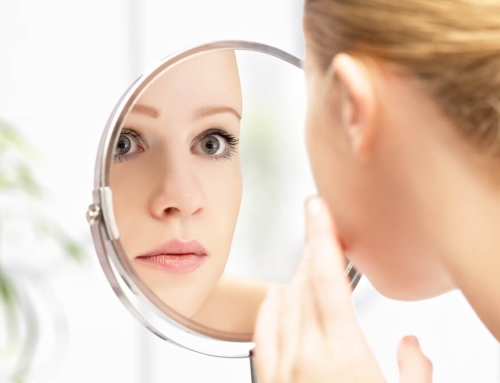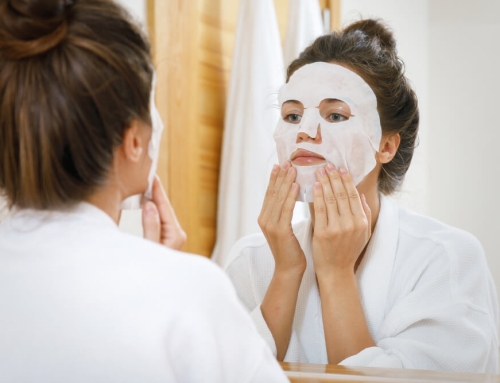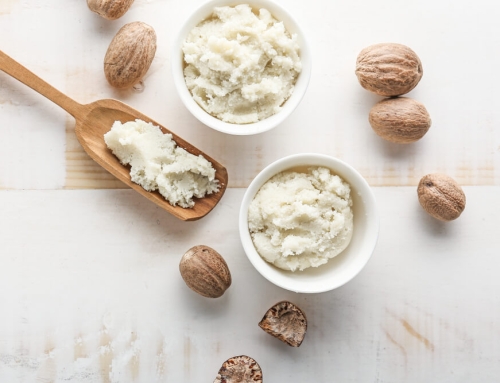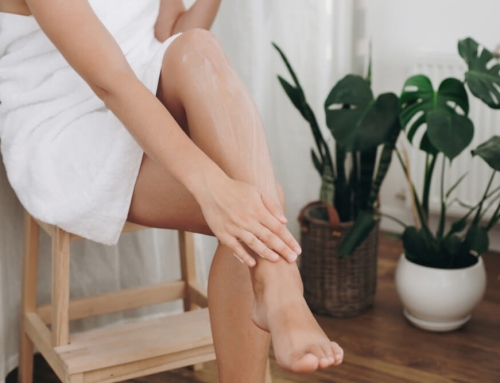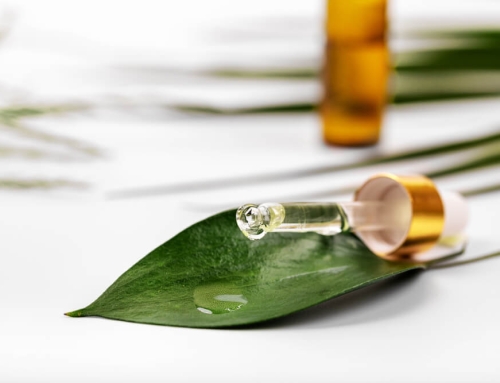While cleansing may be absolutely essential when it comes to healthy skin, over-cleansing is an extremely common problem, and can really have a negative effect on your skin. If you have been noticing an increase in blemishes, tightness or redness and sensitivity, then it may be time to take a look at whether over-cleansing is the cause of this.
Signs That You Are Over-Cleansing
An increase in blemishes and bumps is one of the first signs that you are over-cleansing, especially if you already have naturally oily skin. The reason for this is because over-cleansing triggers your skin’s oil glands to produce even more oil, to replace the ones that have been lost during cleansing, which leads to more breakouts and blemishes. If your skin has been feeling red and looking rashy, or tends to become quite tight and dry after cleansing, then this is another sign that you need to cut back on your cleansing, as it is likely that your skin’s natural protective barrier has been damaged.
How Often to Cleanse
Experts often have hugely differing opinions on how often one should cleanse their face, but the general rule of thumb is that those with oily skin should cleanse twice a day, once in the morning and once at night, while those with dry or sensitive skin should cleanse just once a day, preferably in the evening. If you do thoroughly cleanse in the evening, and sleep on a clean pillowcase at night, then your skin will likely still be clear of bacteria in the morning, and a quick splash of water or toner is all that it will need to look refreshed. You should also be cleansing your skin after vigorous periods of exercise, as leaving the sweat on your skin will lead to the growth of bacteria, and therefore breakouts.
Choosing the Right Cleanser for Your Skin Type
In addition to being mindful about how often you cleanse, you also need to ensure that you are using the right cleanser for your skin type, as using one that is not suited to your skin type will only bring about more problems. If you have oily skin, an oil-control face wash is best, especially if the formula you pick is able to rebalance your skin’s pH level, as this will restrict the growth of bacteria and therefore cut back on chances of breakouts. For those with dry skin, a hydrating cleanser is essential, while cleansers that contain glycerin or essential oils will help to provide your skin with a boost of moisture. Sensitive skin can be trickier to cater for, as it is much more prone to irritation, which is why creamy cleansers that contain soothing ingredients, such as witch hazel and aloe vera, are best, as they are usually the most gentle. Those with a normal skin type are the luckiest, as they are able to use just about any cleanser that they wish.
Many believe that cleansing should be carried out multiple times a day, scrubbing the skin clean of any dirt or bacteria, but this is not at all the case. When it comes to knowing whether you are over-cleansing, as well as how often you personally should be cleansing, it is important to remember that everybody’s skin is different, so you need to pay close attention to what your skin is telling you, and then take it from there.


